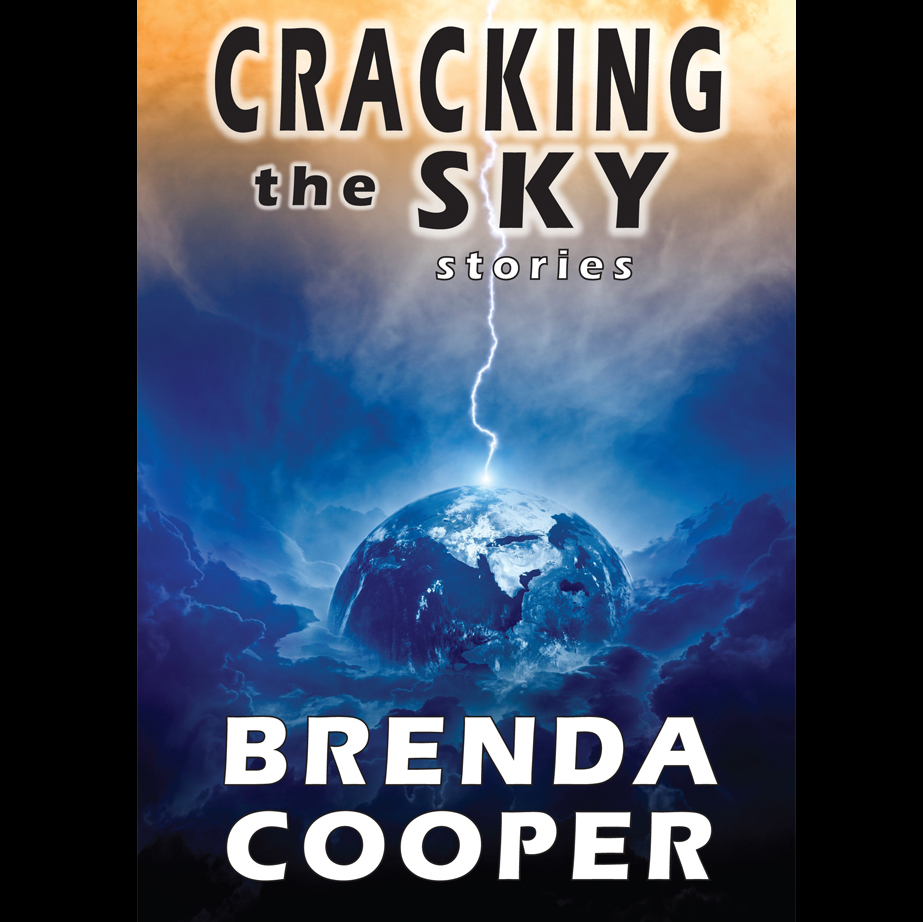Our September Guest Blogger is M. K. Hobson, author of The Native Star. In this three-part series, she explores historical fantasy, from Le Morte D’Arthur, to a litany of “punks,” and helps us understand where the genre is heading.
Also make sure to read PART 2: THE PRESENT and PART 3: THE FUTURE
“The last great flowering of historical fiction was in the Fifties and Sixties, and it’s here, perhaps, that it got itself a bad name. Jean Plaidy, Margaret Irwin, Georgette Heyer, Anya Seton … the list is long and their output was prodigious. The austerity of postwar Britain demanded a fiction of escapism, royal romance and adventure as colourful in its creation of national identity as the cut of women’s bodices, styled for instant ripping. For young readers such as I was, it supplied something akin to an early hallucinogenic experience. The seeds of the Sixties revolution were already in place.”
Sarah Dunant, “Historical Fiction is the Genre of the Moment,” The Sunday Times, June 11, 2010
 Well, if the Sunday Times says it, it must be true: Historical fiction is the genre of the moment. As a proudly self-identified writer of historical fiction (historical fantasy specifically, but more on that later) I have only three words for Ms. Dunant: about damn time.
Well, if the Sunday Times says it, it must be true: Historical fiction is the genre of the moment. As a proudly self-identified writer of historical fiction (historical fantasy specifically, but more on that later) I have only three words for Ms. Dunant: about damn time.
Renewed reader interest in this up-and-coming genre (the 30 year lull representing the amount of time it has taken to expunge the “Shogun” miniseries with Richard Chamberlain from the collective American subconscious) not only has agents and editors frantically searching their query piles for the next Diana Gabaldon or Caleb Carr, it has drawn the attention of the literary nobs as well. One signifier of this is the 2009 inauguration of the £25,000 Walter Scott Prize for historical fiction. While only in its first year, it already ranks as one of the top five richest prizes for fiction in the UK. The first recipient of the award was author Hilary Mantel for her novel Wolf Hall (which, by the way, also won a couple of other prizes in 2009 — those silly little trifles being The Man Booker Prize and the National Book Critics Circle Award. )
The speculative fiction world is not immune to this boom in historicals, especially given the extraordinary success of recent historical fantasies like Gail Carriger’s Soulless and Cherie Priest’s Boneshaker.
What is historical fantasy?
For the purposes of the Walter Scott Prize, a historical novel is defined as a novel in which “…all of the events described take place at least 60 years before the publication of the novel, and therefore stand outside any mature personal experience of the author.” That seems as good a definition as any, though as we will see (in Part II of this article) it does play hell with some of the more exotic varieties of historical fantasy (atomicpunk, I’m looking at you.) Regardless of however many years prior to the book’s publication you think a work must be set in order to classify as historical (and you can find arguments about this all over the place if you’re of a mind to look) there’s just one little thing a historical novel must have to make it into a historical fantasy—magic.
 Early historical fantasy
Early historical fantasy
Historical fantasy has its roots in the chivalric romances of High Medieval Europe, such as Le Morte D’Arthur, the Carolingian Cycle, even the oft-referenced (well, at least I’ve found myself referencing it a lot more than one would expect) Kalevala of Finland. Elements that would come to be viewed as stereotypical of the larger fantasy genre—gleaming castles, tilting knights, noble quests, snaggle-toothed dragons—came from such source material. The fact that these tropes were already being played for laughs in 1889 (in Mark Twain’s A Connecticut Yankee in King Arthur’s Court) demonstrates just how ingrained in the popular imagination they’d become.
“The Well at the World’s End,” written by William Morris and published in 1896, is another early example of historical fantasy. Set in medieval times, it follows the adventures of a youngest son who sets out on a quest for the titular magic well. The plot may sound awfully cliched, but at the time of its publication it was groundbreaking. The book went on to have a significant influence on notable fantasy authors such as C. S. Lewis and J. R. R. Tolkien.
 The fascination of the medieval (to say nothing of the Arthurian) would continue as a common thread through historical fantasy novels such as T.H. White’s The Once and Future King, Mary Stewart’s Merlin Trilogy, Diana Paxson’s Hallowed Isle series, and Marion Zimmer Bradley’s Mists of Avalon.
The fascination of the medieval (to say nothing of the Arthurian) would continue as a common thread through historical fantasy novels such as T.H. White’s The Once and Future King, Mary Stewart’s Merlin Trilogy, Diana Paxson’s Hallowed Isle series, and Marion Zimmer Bradley’s Mists of Avalon.
But historical fantasy has a lot more tricks up its sleeve than just helping stablehands pull swords out of stones—as we shall see next week. So “brush up on your history” and join me then!
Next week: In Part II (“The Present”) I will humbly offer the reader a summary of notable works of historical fantasy by era and attempt a taxonomy of associated “-punks.” Madness is a likely outcome.
____________________________________________________________________________________________

M.K. Hobson is the author of THE NATIVE STAR, a historical fantasy romance. Set in an 1876 America where magic is a mostly-accepted part of society, it is currently available at fine booksellers nationwide. Please click on the image to learn more.

















Speak Your Mind